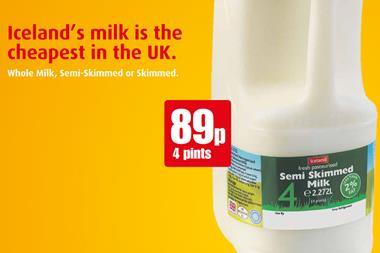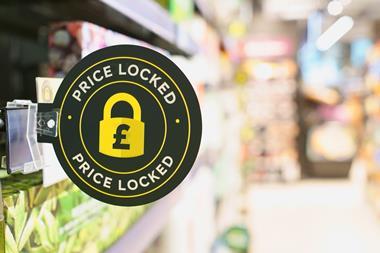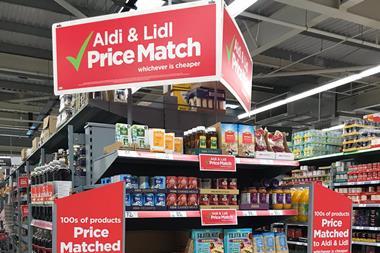Some smart firms are playing the long game when it comes to promotions, says Andrew Marwick, managing director at Opia.
In the battle for consumer spending, the stakes have never been higher. Fierce competition in the grocery sector is seeing supermarkets embroiled in a continuous price war. Likewise, many loyalty schemes are discounting goods but delivering little in the way of solid returns.
The challenge is that, by continually defaulting to price drops, retailers will end up squeezing their margins so hard that they have nowhere else to go.
Rather than making price their sole focus, increasingly, manufacturers and retailers of high-value goods in particular are planning a long-term calendar of promotions. To increase sales and move inventory at an optimum price, they are also using more distinctive types of marketing levers.
Depending on the strategic objective, mechanics such as cash back, trade-up, prize-draw, instant win and satisfaction guarantee can prove to be a hugely effective way of differentiating the brand from its competitors, as well as offering a viable alternative to price drops. Using a risk-managed promotion also opens the door to more innovative promotional levers and a scale of risk that retailers and manufacturers’ P&Ls couldn’t normally stomach.
“Depending on how it is marketed and delivered, the same promotion carried out two different ways can have two very different outcomes”
Experience shows that, depending on how it is marketed and delivered, the same promotion carried out two different ways can have two very different outcomes. This is why, to ensure these promotions deliver on their promise and don’t leave the brand either out of pocket – or with a red face – a ‘scientific’ approach to both strategy and execution can pay dividends.
The devil really is in the detail, not least when it comes to building the value proposition and communicating the offer. Likewise, putting science into the equation by factoring in historical data from previous promotions and understanding buying patterns in related markets, for example, helps to forecast the redemptions of a promotion within a tightly pre-defined range.
Instead of being embroiled in short-term price wars, some smart firms are playing the long game when it comes to promotions. As well as rolling out offers that will not only boost sales or move high-value products in the short-term, they are also deliberately using promotions to get to know customers and encouraging them to buy from them again and buy more frequently.
Invariably, while most people would like to buy the latest and best products, cost can be prohibitive. This is especially true in recent years, when shrinking household budgets have resulted in customers waiting until the last possible moment to buy new high-value, innovation-driven products and household goods such as TVs, vacuum cleaners, washing machines, gardening equipment and laptops.
Rather than taking a short-term view, strategic brands are now using promotions that reduce the replacement cost by virtue of the structure of the promotion. The outcome is that consumers are incentivised to buy and refresh products sooner than they may ordinarily have done through structured cost savings.
Many cutting-edge campaigns also feature future value. Here, the manufacturer or retailer can guarantee an attractive buy back value on their customers’ purchase price when they buy a replacement within a set time.
The promotion ensures that, when a customer purchases from you today, they will be incentivised to upgrade with you in the future. Effectively, this locks them into a shorter refresh cycle and deters them from shopping around.
Regardless of value, the key to getting customers to use a promotion and then buy from the brand again in the future is making the experience is straightforward and positive as possible. Instead of looking to the next 30-60 days, this is about building relationships and predicting and influencing customer behaviour up to two years ahead.
It also means using risk management to be bolder, better and more creative than the competition and ensuring best-practice operations through compliance with ISO9001 and 27001 for quality management and security.
As the battle for consumer spend gets more and more savage, savvy operators will soon start to see that price cuts are not the only way to draw in customers. In doing so they have an important opportunity to engage in longer relationships and distance themselves from the rest of the pack.
Andrew Marwick is managing director at Opia















No comments yet